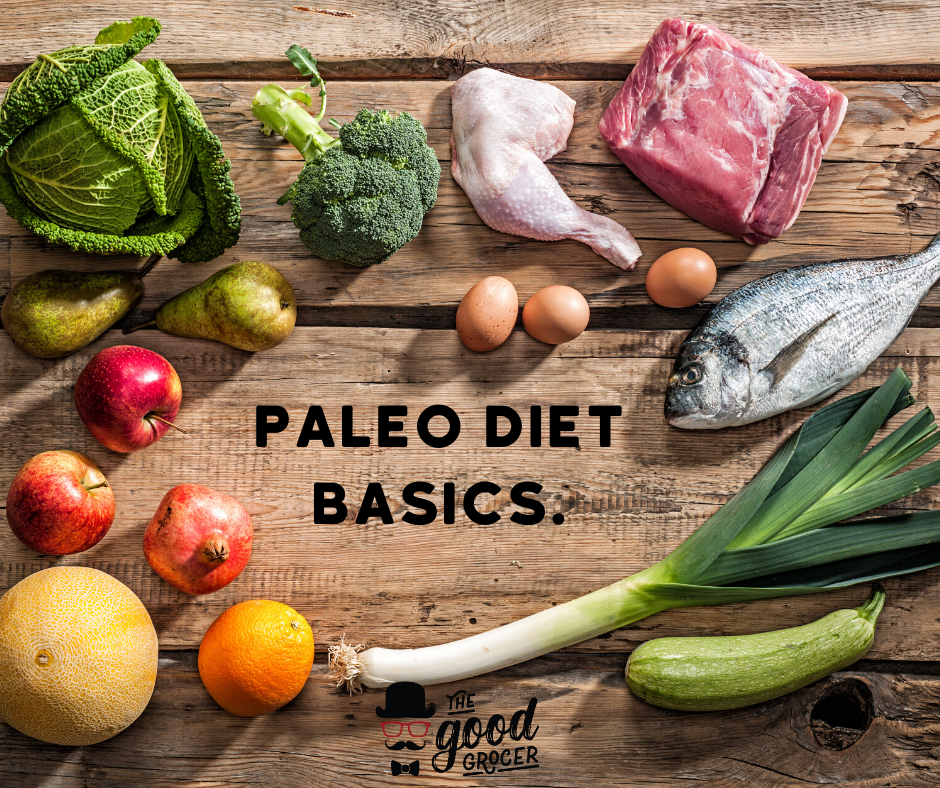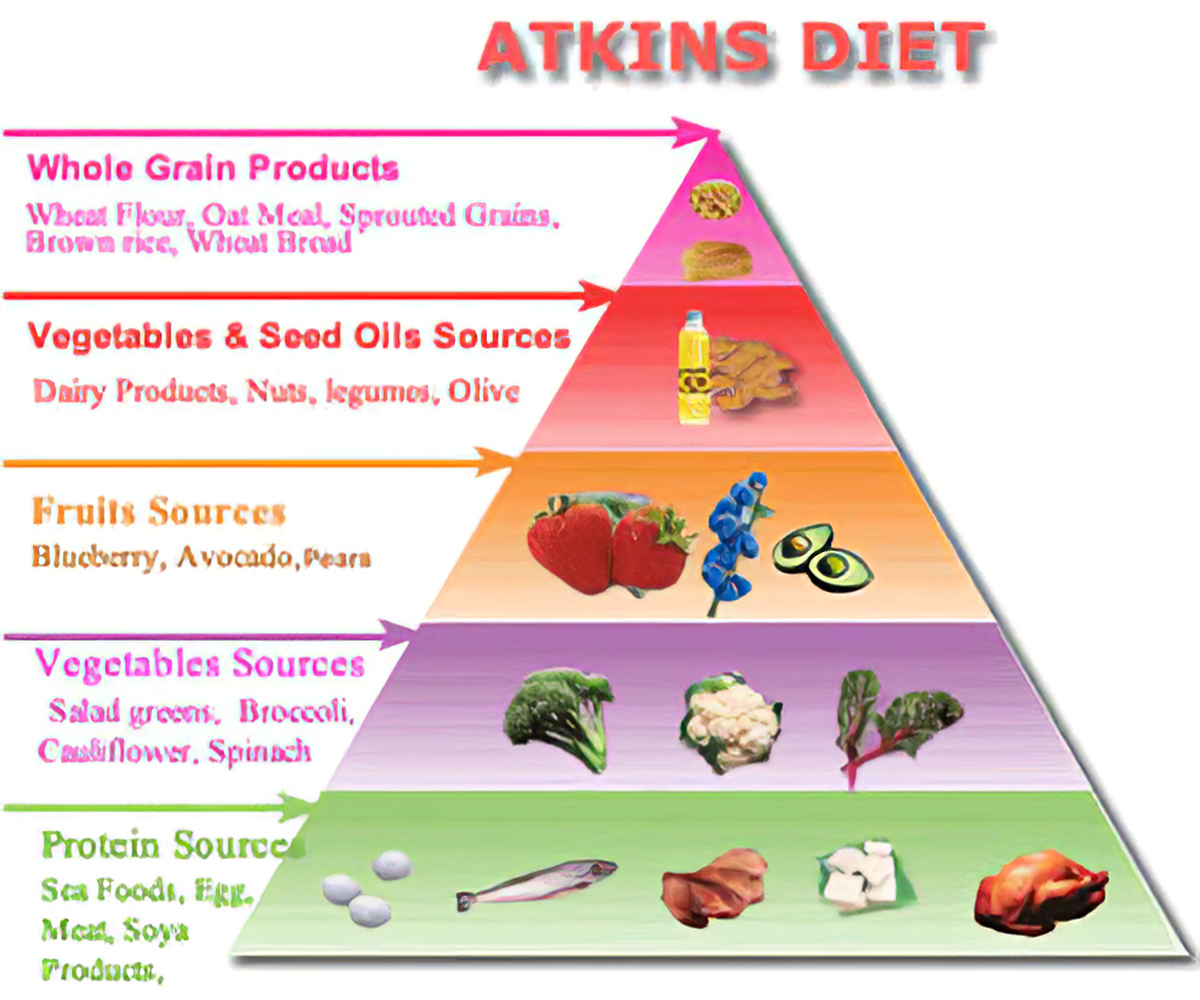
The menu diet paleo emphasizes eating foods that our ancestors ate. This diet includes foods like bananas with almond butter and dried pumpkin seed. It is also filled with chicken, sweet potatoes, and vegetables. EatingWell supports certain foods even though the paleo diet might seem restrictive. We'll show you how to eat them while maintaining a healthy diet.
Pola Makanan paleolithic womanusia
Christina Warinner, Ph.D., studied pola makan manusia purba and mitos-mitos pola makanan paleolithic manusia in 2010. She says that manusia Paleolithic ate a lot of meat and consumed a lot of daging. This myth was popularly believed by paleolithic individuals, but it is now obsolete and irrelevant.
Diet paleo, also known as the diet of the manusia gua, is a way to eat similar to what manusia gua and man used to eat. They not only improve their kesehatan but also help to preserve their heritage. This diet is not right for everyone. It is not for everyone.
The lukisan in the Ramasokat is made up of two types of kelompokan: ceruk and lukisan gua. They were found in the Liabalano and Sulawesi Tenggara areas. The lukisan gua contains a mixture of proteins, fats, carbohydrates, and amino acids. These nutrients can support healthy living and help us understand how humans evolved.

Modern humans eat a variety of foods that have many benefits but also come with some risks. People who eat foods rich in nutrients, such as those found in the Paleolithic Era, will be more likely to develop diseases. You can reduce your chance of getting sick by eating clean. Clean Eating can help you eat healthier. This diet has many benefits: It is good for your health and will not cause you to get sick.
Paleolithic diet allows certain foods
A lot of processed foods contain added sugars and vegetable oils. These can have a negative impact on your health. Salt and refined sugars are both factors that contribute to obesity and can cause heart disease. Vegetable oils have also been controversial. The American Heart Association recommends using corn or safflower oil to replace canola. These oils contain high levels omega-6 fatty acids.
Some commercial paleo diets limit dairy products to a minimum. Others have more strict restrictions. Lean pork loin, roasted chicken and onion stuffing with carrot stuffing and steamed broccoli are some of the foods that paleolithics can eat. Other paleo diet plans allow small amounts of maple syrup or honey. This diet has received varying degrees of scientific research.
The high levels of phytotic acid found in legumes is something paleo enthusiasts recommend you avoid. These substances hinder the absorption vital minerals from your gut. They are allowed in certain cases. Although it is tempting to eat potatoes and legumes, they are not recommended for daily consumption. Instead, include lots of fruits and veggies in your daily meal plans.
Guidelines for eating paleolithic food
Although the Guidelines for Eating a Paleolithic Diet is very different from the modern diet, they share the same principles. The Paleolithic diet primarily consisted of animal products. But it's also rich in plant foods, so there aren't many limitations. You need to be aware that some people may not be genetically suitable for this diet and that higher levels of meat may not be good for your health. You should be cautious if you believe you could benefit from Paleolithic eating habits.

Paleolithic diet excludes the most popular food groups, including dairy products. This could put you at risk of nutritional deficiency. A deficiency or lack of calcium in your diet can lead tooth decay. This could have a negative impact on your teeth and bones. Furthermore, calcium plays a role in blood clotting and muscle contraction. Whole grains lower the risk of type 2 diabetes, stroke, heart disease, as well as stroke. However, because grains were largely eliminated, you may find yourself at risk for calcium deficiency.
Many principles are involved in Paleolithic-style eating. It emphasizes eating healthy foods and nutrient-rich plants. It also limits processed foods. It is important that you follow the guidelines to ensure that you don't go overboard. Remember that a paleolithic diet is different for every individual. It is important to understand that the Paleolithic diet is based on a lifestyle that was prevalent 10,000 to 12,000 years ago.
FAQ
Which is the best method to store leftovers?
Tupperware containers are great for storing leftovers. These containers keep foods fresh and prevent odors from forming. They keep foods warmer for longer. You can freeze leftover food in freezer bags. When freezing food, place the bag inside another freezer bag so that air doesn't escape. Once the food is frozen place it in an airtight container, such as a zip lock bag.
What are my options for learning about cooking?
You can find cooking classes all across the country. Many schools offer courses on baking, pastry, or wine tasting. You can learn more about how to cook by enrolling in a class at either a local vocational school or community college.
What is the cost to study culinary arts?
It is not easy to find a culinary arts degree that costs less than $40,000. For example, a four-year degree typically costs around $40,000. A two-year associate degree, on the other hand may cost less than $5,000. Tuition rates vary depending on what program you choose. Private institutions charge higher prices than public ones.
Do I have to go to culinary school in order to be a professional chef?
No. No. Some even went to culinary schools to gain practical experience. Most chefs prefer to go to culinary school to expand their professional opportunities. Culinary schools provide hands-on training that helps students develop valuable skills and enhance their culinary knowledge.
How do you get hired as a Chef?
The first step toward getting a job as a chef is to complete a culinary arts degree. You should next join a professional organization such as the American Culinary Federation. The ACF offers certification exams and networking opportunities.
How to be a Chef
There are many options for becoming a chef. Begin by enrolling at a community college. Then, look into attending culinary school. The last option is to apply for a job as a paid intern.
How Long Does it Take to Become a Chef? What's the average career path for a chef?
It takes five years to become a chef. You will learn basic cooking techniques, and get experience as a chef assistant. You can apply for line, sous or executive chef positions after you complete your training. The average salary for a chef ranges from $25,000 to $60,000 per year.
Statistics
- You'll be amazed that over 90% of CIA students receive scholarships and grants to finish their culinary studies. (ischoolconnect.com)
- under 10 Kids have been taught that there is special food just for them, and Fiese says that 10 percent of kids will throw a tantrum if they don't get the food they want. (washingtonpost.com)
- In the United States, the category is estimated at $23.2 billion annually and is growing faster than the market. (washingtonpost.com)
External Links
How To
How to Be a Chef
One of the most exciting careers is that of a chef. It requires a lot of knowledge and skills, making it difficult to find out what job would suit your interests best. However, if you want to start working immediately, there are many ways to get into this field. You can work at restaurants, hotels or catering businesses. You could also take up cooking classes. To make the decision easier, we've prepared some useful tips on becoming a chef.
-
Learn how to cook!
Cooking is something everyone should learn at least once in their life. You should learn to cook if you don't already know much about food. There are many recipes online that are simple to follow. When learning new things, the most important thing to remember is not to rush. Take your time, enjoy each step, and don't rush to learn new things.
-
You should get a degree in culinary arts
If you wish to become a professional chef, a culinary arts degree might be the right choice. You'll be able develop your personal style and taste, while also learning valuable information. Culinary schools offer courses such as baking, pastry making, meat cutting, and much more. They usually require students to attend classes for several years before they graduate. It is important to consider your options before choosing a school to train as a chef.
-
Work in a restaurant
Working in a restaurant is probably the easiest way to enter the world of chefs. People who want to be chefs start by working in a restaurant. Restaurants want qualified staff, especially if they have had experience in other fields. If you're looking to be a chef, it is worth applying for job opportunities in restaurants.